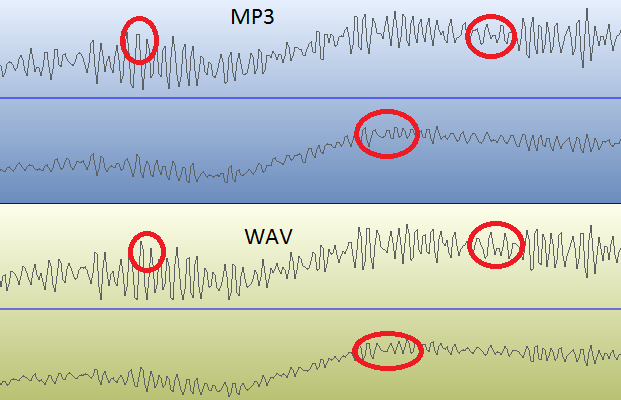Lease With Option to Buy: A Comprehensive Guide

A lease with an option to buy, also known as a lease-option or rent-to-own agreement, is becoming an increasingly popular alternative for many homebuyers and sellers. This guide will provide a comprehensive overview of lease-option agreements and how they work.
1. What is a Lease with Option to Buy?
A lease with an option to buy is a contract that allows potential homebuyers to rent a property with the option to purchase it at a predetermined price at the end of the lease term. This method provides prospective buyers with the time to improve their credit scores, save for a down payment, and secure financing while living in the property they wish to purchase.
2. How Does It Work?
A lease-option has two main components – the rental agreement and the option to purchase.
a. Rental Agreement: The rental agreement outlines the terms of the property rental during the lease period, typically between one to three years. The tenant pays monthly rent to the landlord/homeowner and may also pay an additional amount known as “rent credit,” which could contribute directly to their eventual down payment when purchasing the home.
b. Option to Purchase: In this agreement, both parties agree on a predetermined purchase price for the property, as well as an option fee that grants the tenant the right but not obligation to buy at that price. This non-refundable fee can range from 1% to 5% of the property’s value.
3. Pros and Cons
For Buyers:
Pros:
– Develop a clear path towards homeownership
– Build equity through “rent credits.”
– Opportunity to test out living in a property before purchasing
– Time provided for improvement of financial situation
Cons:
– Non-refundable option fee
– Possibility of losing rent credits if not able to secure financing during leasing period or opt not to buy
– Potentially higher rent than market average
For Sellers:
Pros:
– Attract a wider pool of potential buyers
– Continuous rental income
– Possible selling at above-market prices
– Option fee as an additional source of income
Cons:
– Delay in closing the sale
– Responsibilities of being a landlord
– Potential buyer not securing financing by the end of the lease term
4. How to Get Started
If you’re interested in pursuing a lease-option agreement, follow these general steps:
a. Inquire with a real estate professional or attorney knowledgeable in lease-option contracts.
b. Assess your financial situation, determine your budget, and work on setting achievable goals for credit improvement and savings.
c. Search for suitable properties where the seller is open to lease-option agreements.
d. Conduct thorough inspections and evaluations of the property.
e. Establish favorable terms and conditions alongside your legal representative before signing the agreement.
Remember, it is crucial to consult with financial advisors, real estate professionals, or attorneys to ensure you understand the implications and details of lease-option agreements before entering into one.




